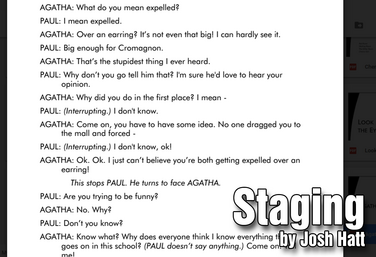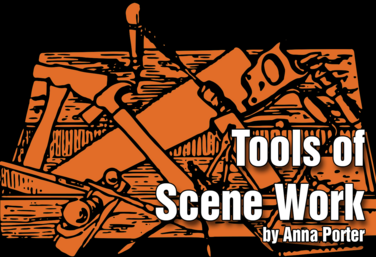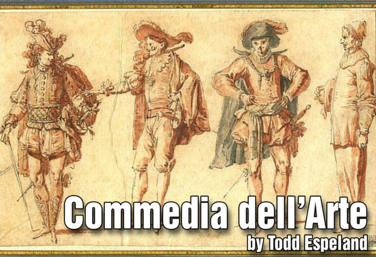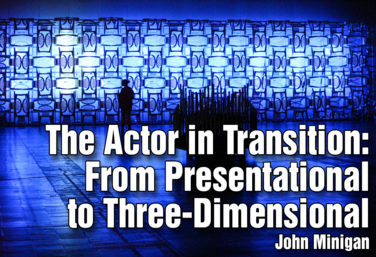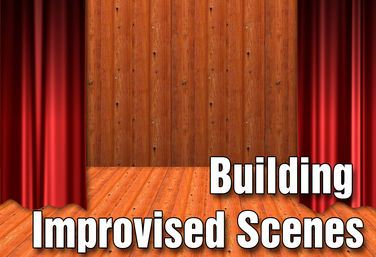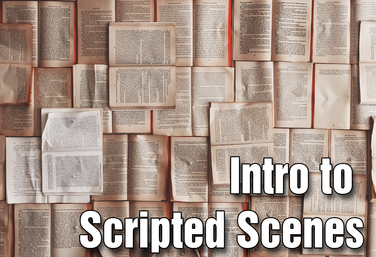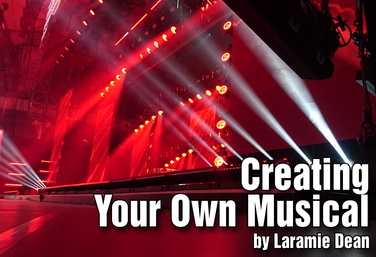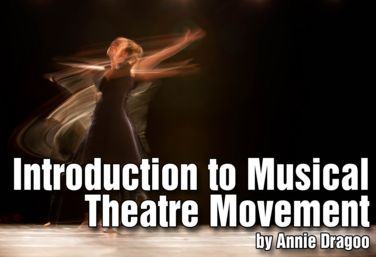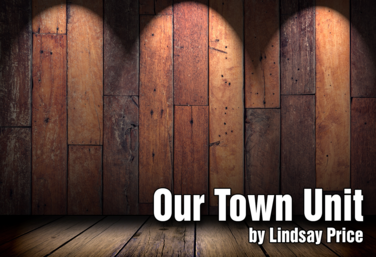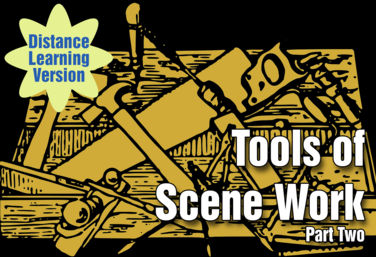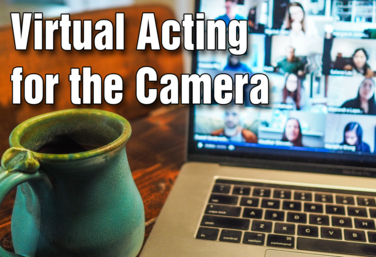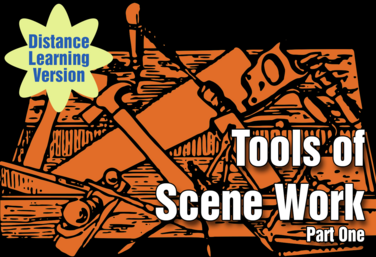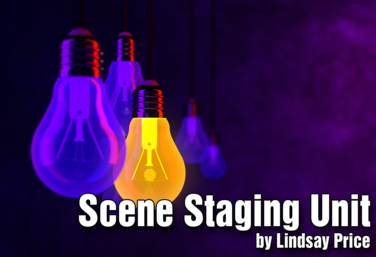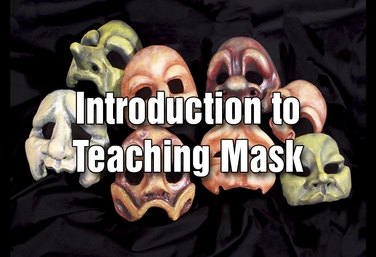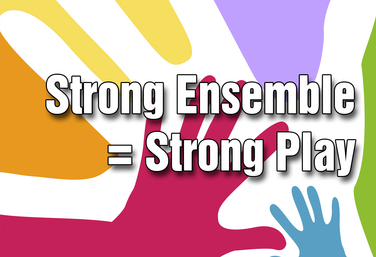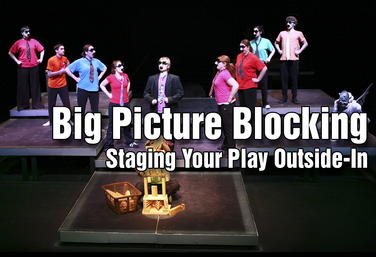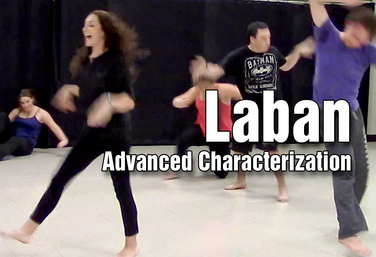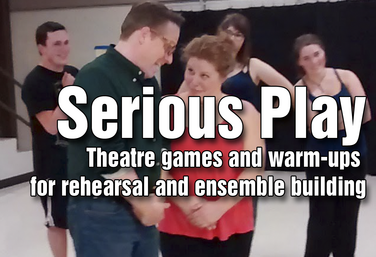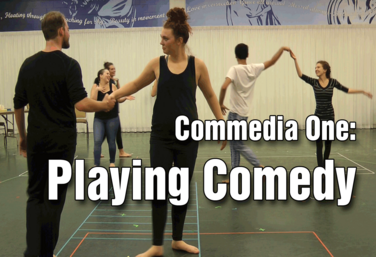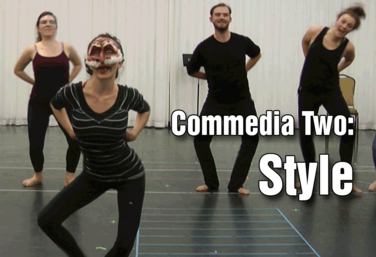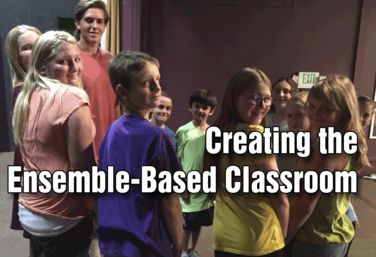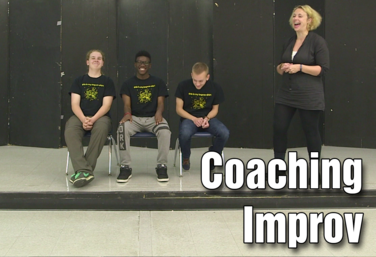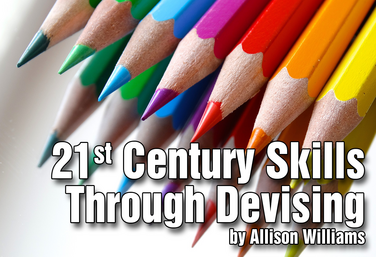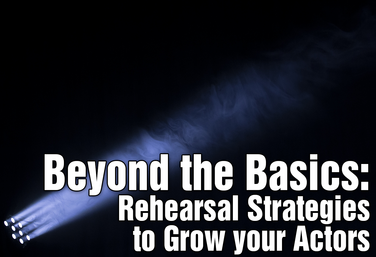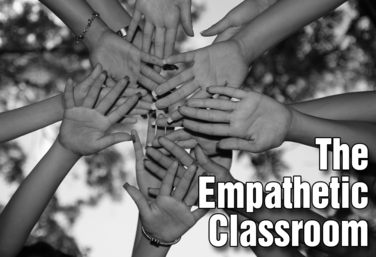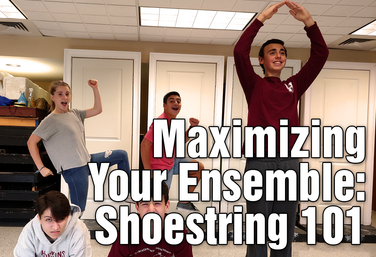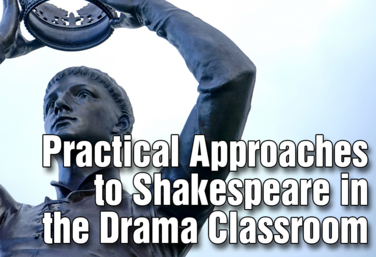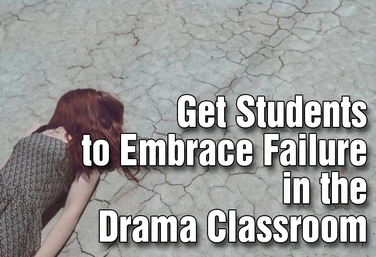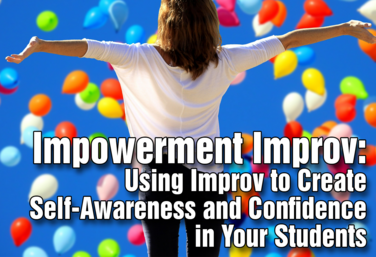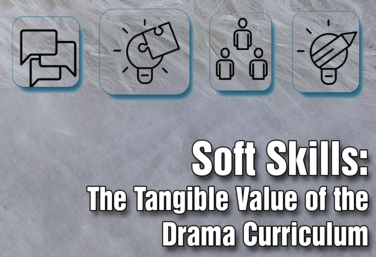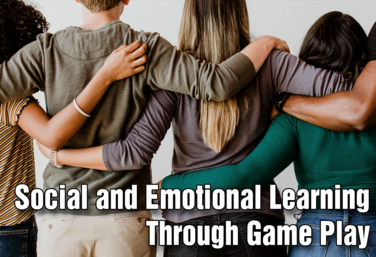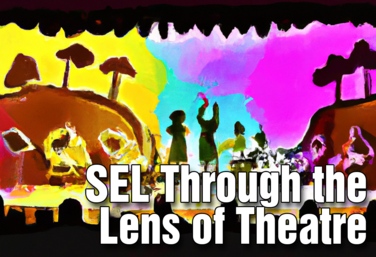California VAPA Standards (2001)
GRADE SEVEN - 2.0 CREATIVE EXPRESSION
View all Standards for California VAPA Standards (2001)
2.1 Development of Theatrical Skills - Use improvisation in rehearsal to discover character and motivation.
Part of the Technical Theatre Mini Units Curriculum
Staging
by Josh Hatt
Tools of Scene Work
by Anna Porter
Commedia dell'Arte
by Todd Espeland
Commedia dell'Arte
by Todd Espeland
Improvisation in Musical Theatre
by Annie Dragoo
The Actor in Transition: From Presentational to Three-Dimensional
by John Minigan
Part of the Middle School Curriculum
Unit Three: Building Improvised Scenes
by Lindsay Johnson
Part of the Middle School Curriculum
Unit Four: Intro to Scripted Scenes
by Lindsay Johnson
Creating Your Own Musical
by Laramie Dean
Introduction to Musical Theatre: Movement
by Annie Dragoo
Our Town Unit
by Lindsay Price
Part of the Distance Learning Curriculum
Improvisation
by Lindsay Price and Karen Loftus
Part of the Distance Learning Curriculum
Scene Work: Part 2, Student Self Staging
by Lindsay Price
Acting for the Camera
by Ruthie Tutterow
Virtual Acting for the Camera
by Ruthie Tutterow
Part of the Distance Learning Curriculum
Scene Work: Part 1, Tools of Scene Work
by Lindsay Price
The Dilemma Project
by Claire Broome
Scene Staging
by Lindsay Price
Introduction to Teaching Mask
by Allison Williams
Strong Ensemble = Strong Play
by Craig Mason
Big Picture Blocking: Staging Your Play Outside-In
by Todd Espeland
Laban: Advanced Characterization
by Todd Espeland
Serious Play: Theatre Games and Warmups for Rehearsal and Ensemble Building
by Todd Espeland
Commedia I: Playing Comedy
by Todd Espeland
Commedia II: Style
by Todd Espeland
Creating the Ensemble-Based Classroom
by Gai Jones
Coaching Improv
by Jennine Profeta
21st Century Skills Through Devising
by Allison Williams
Beyond the Basics: Rehearsal Strategies to Grow Your Actors
by Julie Hartley
The Empathetic Classroom
by Steven Stack
Maximizing Your Ensemble: Shoestring 101
by Michael Calderone
Practical Approaches to Shakespeare in the Drama Classroom
by Julie Hartley
Get Students to Embrace Failure in the Drama Classroom
by Lindsay Price
The Dilemma Project
by Claire Broome
Impowerment Improv
by Jennine Profeta
Empathy 2.0
by Steven Stack
Soft Skills, The Tangible Value of the Drama Curriculum
by Matt Webster
Social Emotional Learning through Game Play
by Matt Webster
SEL Through the Lens of Theatre
by Christa Vogt
View all Standards for California VAPA Standards (2001) Standards Master List
